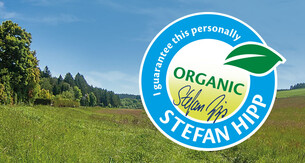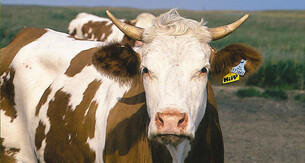
Sources:
1 Popkin BM, Doak CM. The obesity epidemic is a worldwide phenomenon. Nutr Rev. 1998;56(4 Pt 1):106-114.
2 NCD Risk Factor Collaboration (NCD-RisC). Worldwide trends in body-mass index, underweight, overweight, and obesity from 1975 to 2016: a pooled analysis of 2416 population-based measurement studies in 128·9 million children, adolescents, and adults. Lancet. 2017;390(10113):2627-2642.
3 Simmonds M, Llewellyn A, Owen CG, Woolacott N. Predicting adult obesity from childhood obesity: a systematic review and meta-analysis. Obes Rev. 2016;17(2):95-107.
4 Frydrych LM, Bian G, O'Lone DE, Ward PA, Delano MJ. Obesity and type 2 diabetes mellitus drive immune dysfunction, infection development, and sepsis mortality. J Leukoc Biol. 2018;104(3):525-534.
5 Sahoo K, Sahoo B, Choudhury AK, Sofi NY, Kumar R, Bhadoria AS. Childhood obesity: causes and consequences. J Family Med Prim Care. 2015;4(2):187-192.
6 Drewnowski A. The real contribution of added sugars and fats to obesity. Epidemiol Rev. 2007;29:160-171.
7 Bellisle F, Drewnowski A. Intense sweeteners, energy intake and the control of body weight. Eur J Clin Nutr. 2007;61(6):691-700.
8 Mennella JA, Beauchamp GK. Early flavor experiences: research update. Nutr Rev. 1998;56(7):205-211.
9 Beauchamp GK, Moran M. Dietary experience and sweet taste preference in human infants. Appetite. 1982;3(2):139-152.
10 Beauchamp GK, Moran M. Acceptance of sweet and salty tastes in 2-year-old children. Appetite. 1984;5(4):291-305.
11 Liem DG, de Graaf C. Sweet and sour preferences in young children and adults: role of repeated exposure. Physiol Behav. 2004;83(3):421-429.
12 Robinson S, Fall C. Infant nutrition and later health: a review of current evidence. Nutrients. 2012;4(8):859-874.
13 Muniandy ND, Allotey PA, Soyiri IN, Reidpath DD. Complementary feeding and the early origins of obesity risk: a study protocol. BMJ Open. 2016;6(11):e011635. Published 2016 Nov 15.




